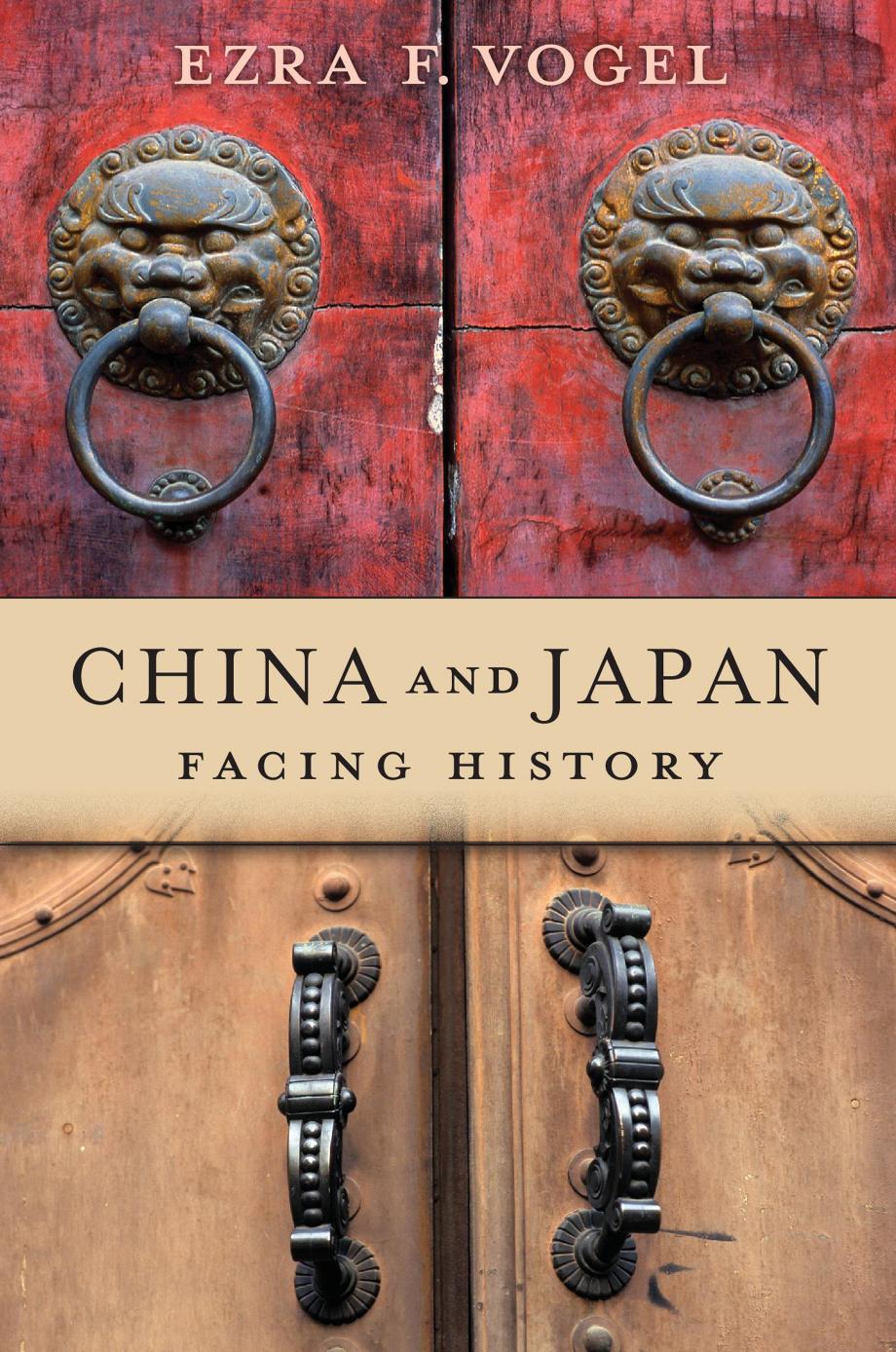China and Japan by Ezra F. Vogel

Author:Ezra F. Vogel
Language: eng
Format: epub, pdf
Publisher: Harvard University Press
Fighting in Xuzhou and Wuhan, 1938
The Japanese planned that after taking Nanjing, they would dispatch their victorious troops to gain control of a major railway junction, Xuzhou, 200 miles north of Nanjing, where a north-south railway (the Jin-Pu) crossed an east-west railway (the Long-Hai). Near Xuzhou, the Japanese forces would join other troops coming west from the Beiping area. After taking Xuzhou, the combined Japanese forces would then go west to Zhengzhou and then south to Wuhan, the major city in Central China, some 300 miles south of Xuzhou. They were optimistic that they could take Wuhan by the end of March 1938. Victory in Wuhan, they believed, would enable them to control Central China and break the Chinese resistance. They could then put military and political pressure on China to end the war and establish a government under Japanese leadership.
Chiang Kai-shek, realizing the crucial role of Xuzhou in Japan’s plans, decided to make a strong stand there to stop or at least slow down the Japanese advance. Before Chiang moved his forces out of Nanjing he had 80,000 troops in Xuzhou. He decided to reinforce the troops in Xuzhou not only with soldiers coming from Nanjing but also with troops from various smaller cities along the two rail lines that crossed in Xuzhou. In all, he brought in some 300,000 soldiers who arrived in Xuzhou ready to fight. The Communists at this point still had a relatively small force in Shaanxi. For the battle at Xuzhou, Chiang drew heavily on the Guangxi warlords Bai Chongxi and Li Zongren and their well-trained men.
Japanese troops approached Xuzhou from the north, south, and east. In early February 1938, fighting broke out roughly 100 miles north of Xuzhou and 100 miles south of Xuzhou, as Chinese troops resisted the approaching Japanese forces. Chinese troops also fought the advancing Japanese east of the city. The biggest battle of the campaign took place at Taierzhuang, about 13 miles northeast of Xuzhou. Fighting broke out near Taierzhuang on March 22 and continued for two weeks, until the Japanese ran low on ammunition. At that point the Chinese were able to drive the three Japanese divisions out of Taierzhuang. The Japanese estimate that they suffered 5,000 casualties, either dead or wounded. Chinese casualties are estimated to be as high as 20,000. By late April, with new arrivals, Japan massed 400,000 troops near Xuzhou and with their massive firepower drove the Chinese out of Taierzhuang. The town of Taierzhuang was devastated by the fighting. The Japanese regarded the battle at Taierzhuang as a costly success. The Chinese, proud of their initial ability to push the Japanese out of Taierzhuang, were even more buoyed by what they considered to be their own success.
The battles for Xuzhou and Taierzhuang lasted five months and were costly to both sides. It was not until late May, after the arrival of more Japanese reinforcements, that Japanese commanders felt ready to march into the city of Xuzhou. Japanese generals planned to surround the Chinese in Xuzhou, some 200,000 soldiers, and crush them.
Download
This site does not store any files on its server. We only index and link to content provided by other sites. Please contact the content providers to delete copyright contents if any and email us, we'll remove relevant links or contents immediately.
| Arms Control | Diplomacy |
| Security | Trades & Tariffs |
| Treaties | African |
| Asian | Australian & Oceanian |
| Canadian | Caribbean & Latin American |
| European | Middle Eastern |
| Russian & Former Soviet Union |
The Secret History by Donna Tartt(16656)
The Social Justice Warrior Handbook by Lisa De Pasquale(11492)
Thirteen Reasons Why by Jay Asher(7801)
This Is How You Lose Her by Junot Diaz(5794)
Weapons of Math Destruction by Cathy O'Neil(5046)
Zero to One by Peter Thiel(4834)
The Myth of the Strong Leader by Archie Brown(4795)
Promise Me, Dad by Joe Biden(4454)
Beartown by Fredrik Backman(4429)
Stone's Rules by Roger Stone(4422)
How Democracies Die by Steven Levitsky & Daniel Ziblatt(4408)
The Fire Next Time by James Baldwin(4349)
100 Deadly Skills by Clint Emerson(4085)
A Higher Loyalty: Truth, Lies, and Leadership by James Comey(4038)
Rise and Kill First by Ronen Bergman(4018)
The David Icke Guide to the Global Conspiracy (and how to end it) by David Icke(3890)
The Farm by Tom Rob Smith(3878)
Secrecy World by Jake Bernstein(3788)
The Doomsday Machine by Daniel Ellsberg(3736)
